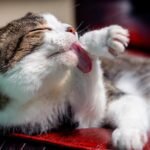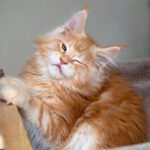Cats are often lauded for their graceful agility and enigmatic demeanor, and behind these compelling traits lies a sensory marvel that plays a pivotal role in their daily lives: their exceptional sense of smell. But what is it that makes a cat’s olfactory abilities so remarkable? In this article, we will delve into the science of why and how cats use their sense of smell, and why this ability is central to their survival and well-being.
Understanding the Cat’s Olfactory System
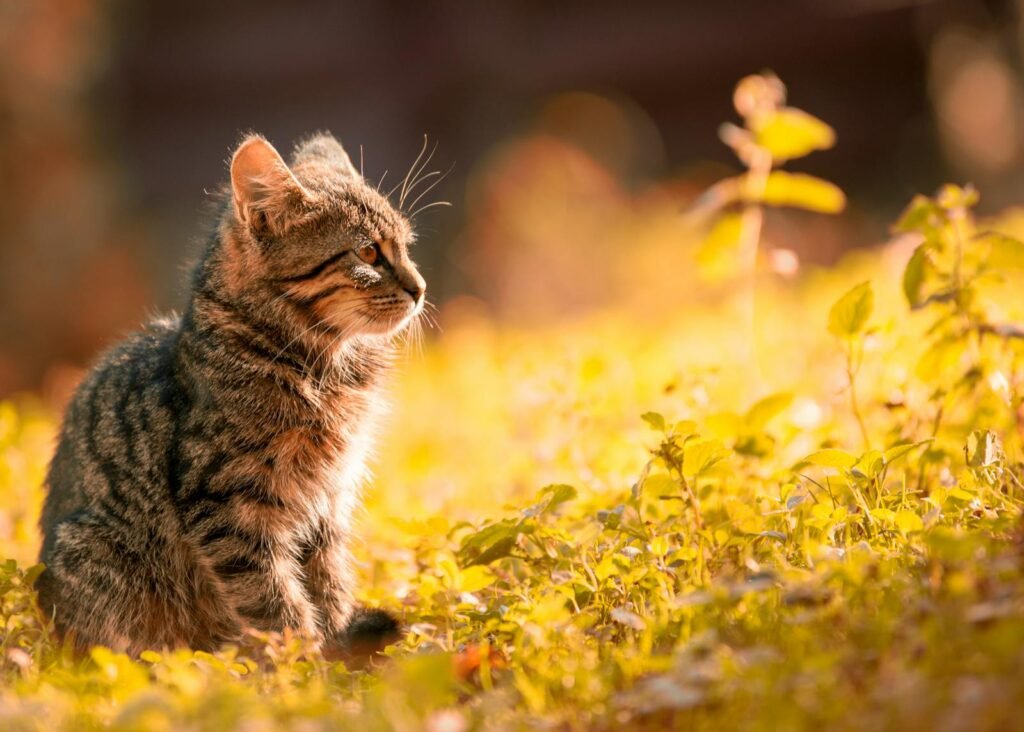
At the heart of a cat’s keen sense of smell is its sophisticated olfactory system. A cat’s nose contains approximately 200 million scent receptors, compared to a human’s mere 5 million. This vast network of receptors allows cats to detect smells at concentrations 14 times lower than humans can perceive. The olfactory epithelium, a specialized tissue located in the nasal cavity, is where these scent receptors reside. This tissue is crucial for capturing and identifying various odor molecules, enabling cats to unravel the myriad of scents in their environment.
The Jacobson’s Organ: A Key Player
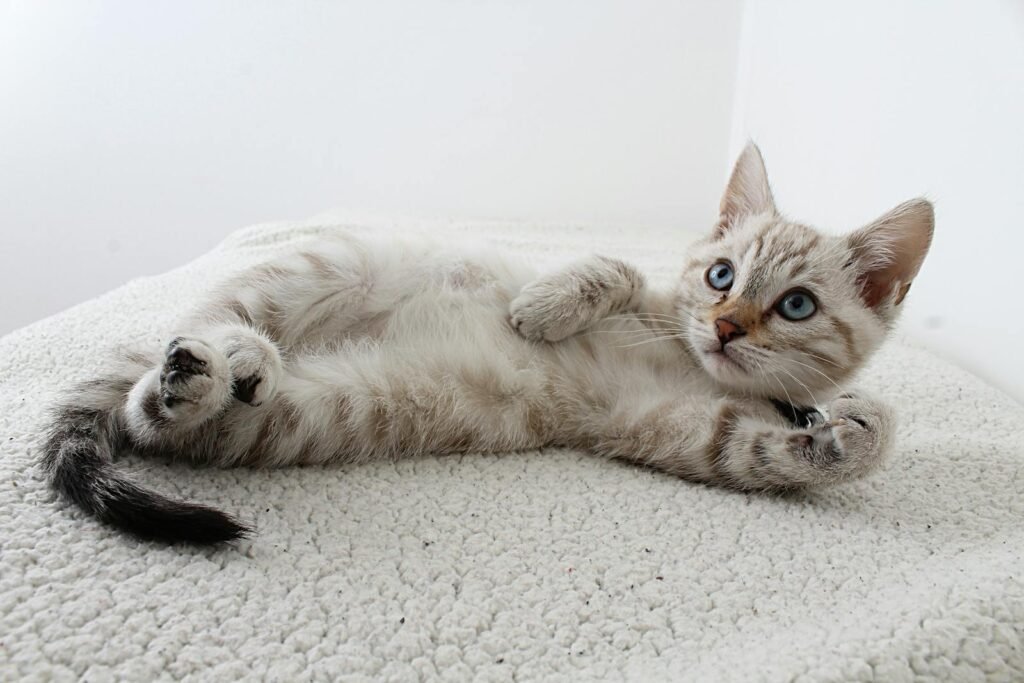
Complementing the main olfactory system is the vomeronasal organ, also known as Jacobson’s organ. This organ is located at the roof of the mouth and is particularly sensitive to pheromones, which are chemicals that relay information between animals of the same species. When a cat curls back its lips and opens its mouth slightly—an action known as the Flehmen response—it is directing scents toward Jacobson’s organ. This response is especially important for detecting the reproductive status of potential mates and identifying other cats in the vicinity.
Role in Behavior and Communication
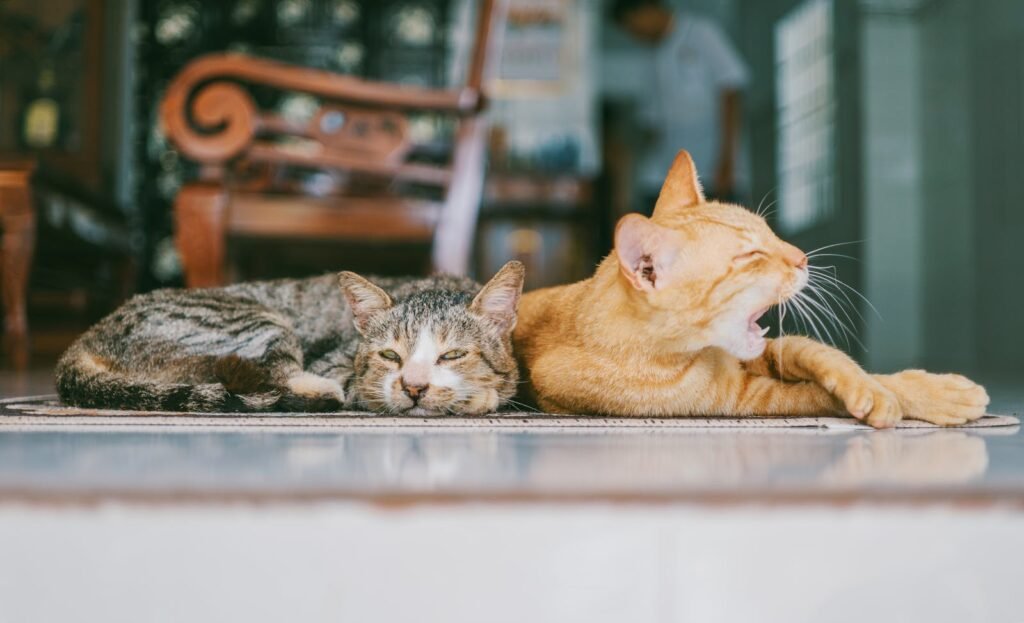
Cats employ their sense of smell extensively for communication. They have scent glands located around their face, paws, and rear, which they use to mark their territory by rubbing on objects or spraying. The scent markings left behind carry a wealth of information, such as territorial boundaries, identity, social rank, and readiness to mate. These olfactory cues are integral to interaction between cats and in establishing dominance hierarchies.
Navigation and Environment Interaction
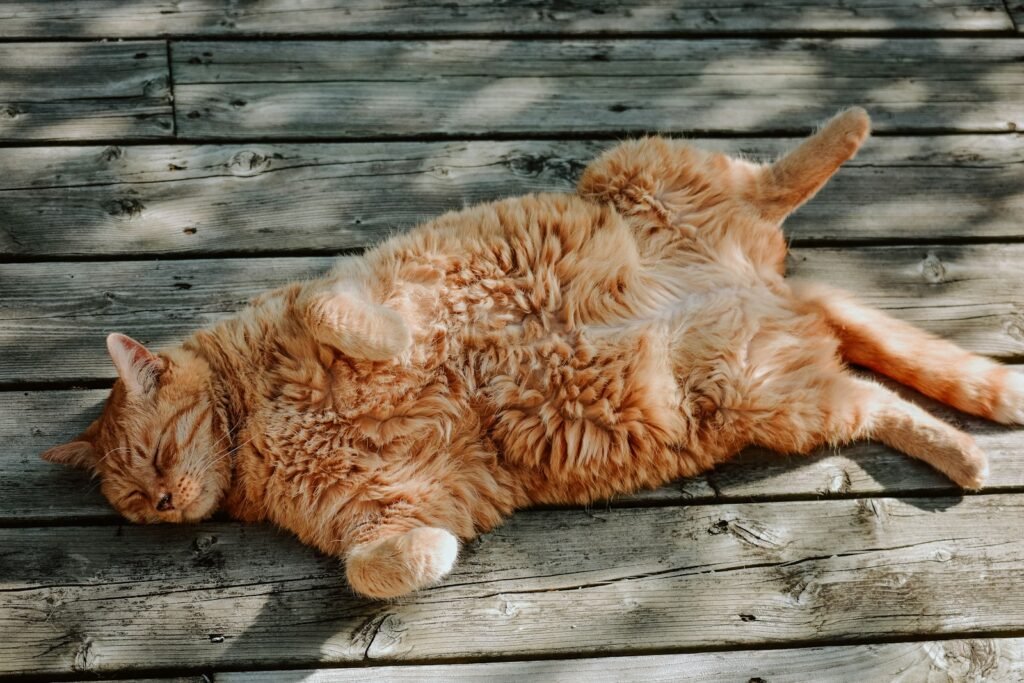
A cat’s sense of smell is critical for navigation and interacting with its surroundings. They use scent to find food, both in the wild and domestically, by detecting the aroma of prey or familiar foods. This keen sense also helps them avoid danger by identifying signs of predators or spoiled food. Even in a domestic setting, cats utilize their olfactory skills to familiarize themselves with their home environment, recognizing their family members and feeling security through familiar scents.
Factors Affecting Olfactory Capability
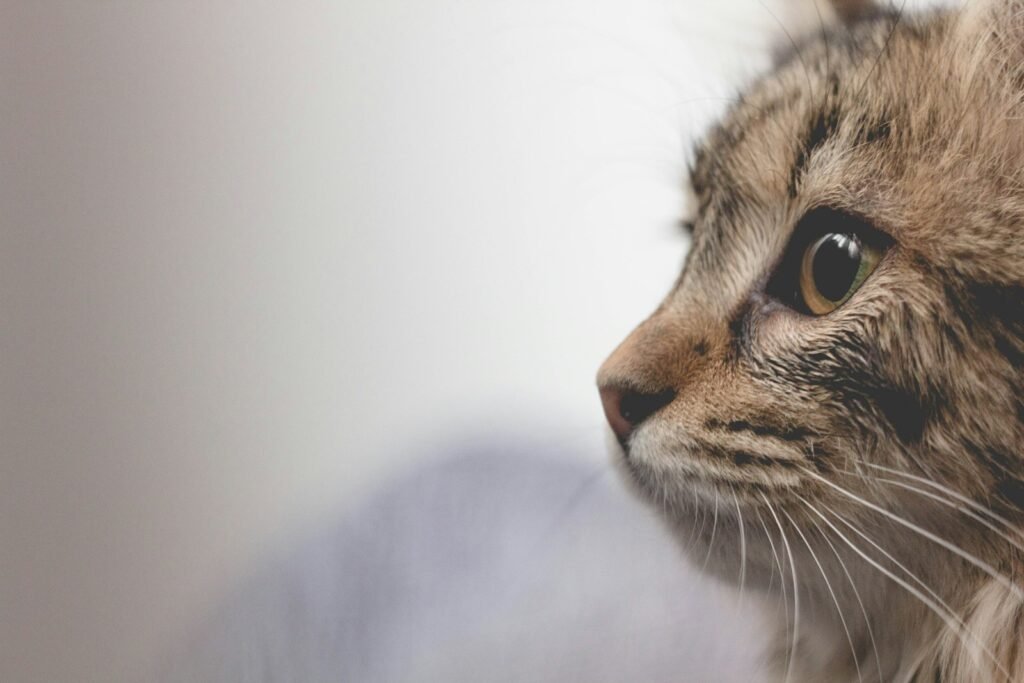
Several factors can affect a cat’s sense of smell, including age and health. As cats age, their olfactory ability can diminish. Health issues such as infections, nasal blockages, or other medical conditions can also impede their ability to detect and interpret scents. Ensuring that your cat remains healthy with regular vet visits can help preserve their acute sense of smell throughout their life.
The Impact of Diet on Olfactory Acuity
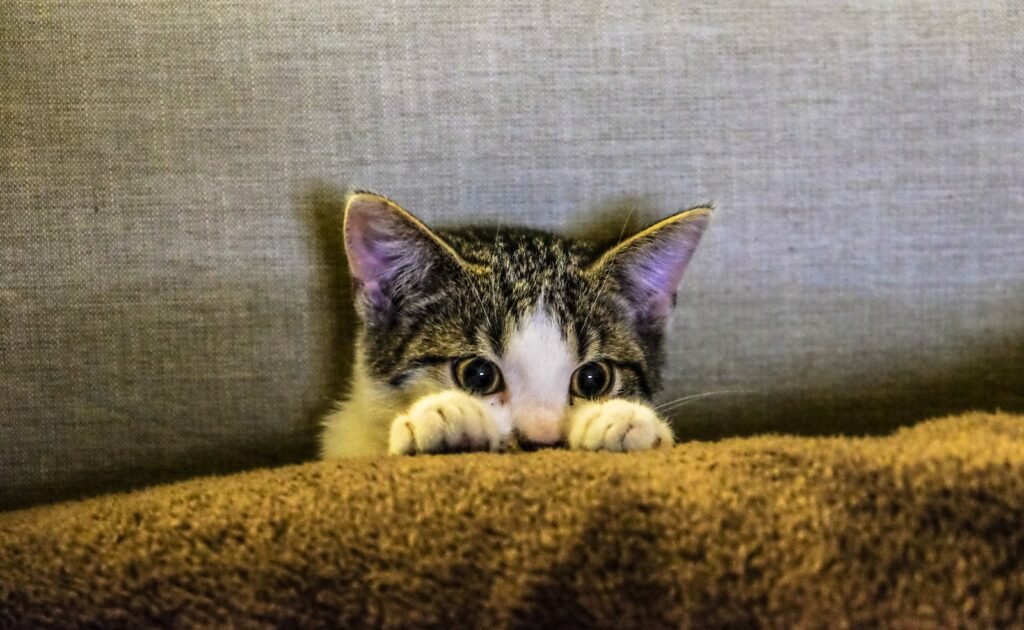
A cat’s diet can influence its sense of smell, as certain nutrients are essential for maintaining healthy sensory function. Taurine, an essential amino acid for cats, supports overall health, including sensory perception. Ensuring a balanced diet rich in necessary nutrients can help maintain the functioning of their olfactory system. Proper nutrition is particularly important for maintaining sharp senses that aid in detecting food and recognizing environments.
The Human-Cat Bond Through Scent
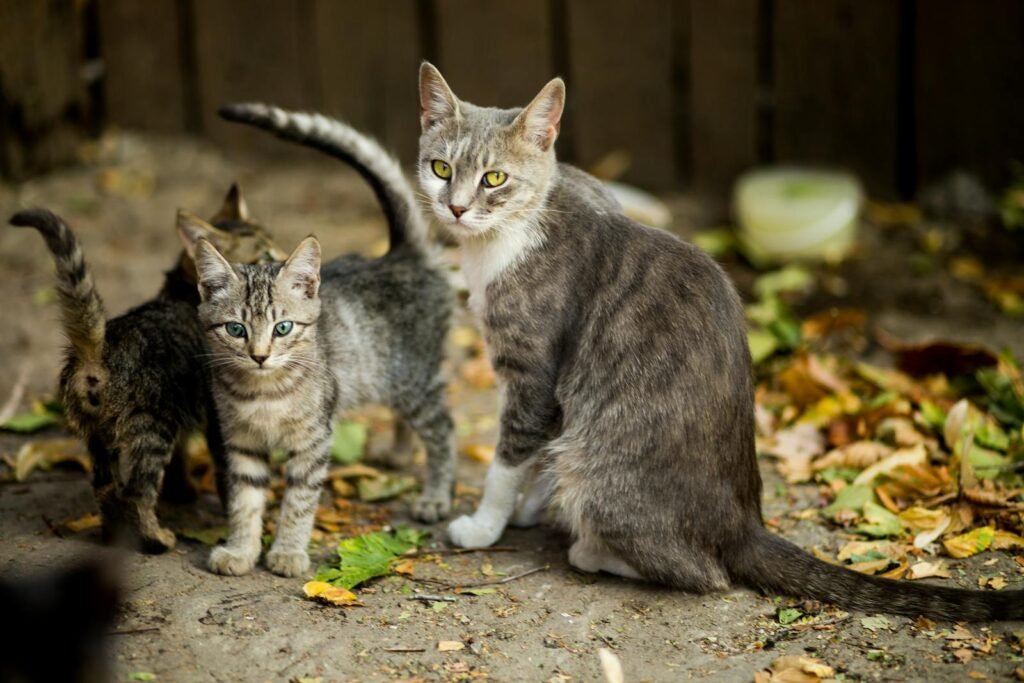
Scent plays a special role in the bond between cats and their human companions. Cats can recognize their owners by scent and often use it to establish a sense of familiarity and comfort. Owners can reciprocate by recognizing the scents their cats leave on belongings through scent-marking behavior, creating a shared olfactory landscape that deepens bonds and provides emotional security for the cat.
Conclusion: Embracing the Sensory World of Cats
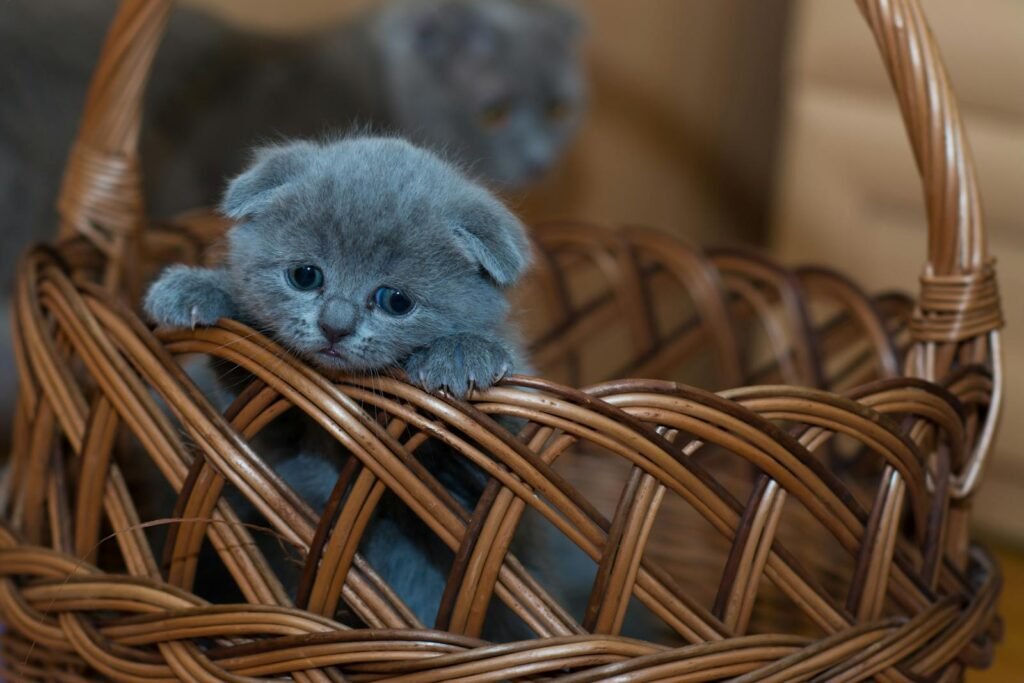
Understanding the complexity and significance of a cat’s sense of smell enriches our appreciation for these fascinating creatures. Their olfactory prowess not only aids in survival but also in communication and emotional bonding. As cat owners or enthusiasts, supporting their health and environmental experiences allows us to honor and support their natural abilities. This deepens our relationships with them and creates a harmonious life shared with these sensory wonders.

